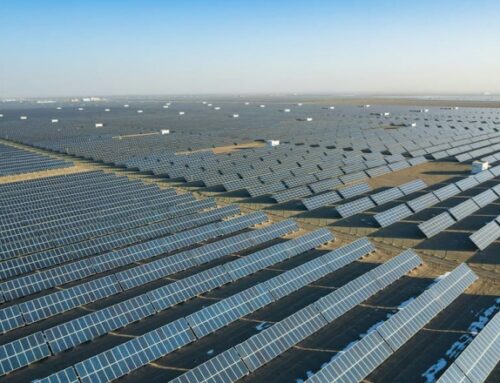Phoenix nears dry spell record as drought conditions worsen
January 25, 2025
The US city of Phoenix is close to breaking another extreme weather record, this time the longest stretch without rain as drought conditions worsen across Arizona.
As of Saturday, there had been no recorded rainfall in America’s fifth largest city for 154 consecutive days – the second longest dry spell on record as the climate crisis collides with natural weather patterns.
The last measurable rainfall was recorded on 22 August by the National Weather Service (NWS) weather station at Phoenix Sky Harbor airport. There is a small chance of rain on Sunday night, but with La Niña conditions present, which tend to make the US south-west drier and cooler, the current record of 160 dry days, set in 1972, could be broken.
“This is the desert so it’s not unusual to have no rain but it’s just been so long … we are in a drought,” said Katherine Berislavich, a meteorologist with the NWS office in Phoenix. “We broke all sorts of heat records last summer because there was little rain and no cloud cover to keep temperatures cooler.”
Phoenix is a sunny desert city with an average annual rainfall of 7.2in, according to NWS data from the past 30 years. In 2024, there was only 4.5in after a poor monsoon and no winter rainfall. The annual rainfall has been below average for the past six years.
Drought conditions increase the risk of wildfires and crop failures, and threaten the water sources and vegetation relied upon by wildlife. In the surrounding Sonoran desert, the cacti are droopy and the tinajos, the natural water basins relied upon by wildlife and migrants, are parched. The conditions in Arizona range from abnormally dry to extreme drought, according to the US Drought Monitor.
The climate crisis is making Phoenix drier and hotter.
Last year was the hottest year ever recorded on the planet, surprising even climate scientists who have long been warning about the threats of global heating.
In Phoenix, scores of records were broken including the longest-ever heatwave with 113 consecutive days over 100F, and a 39-day stretch when the night-time temperature did not drop below 90F. The impact of heat is cumulative and the body only begins to recover when temperatures drop below 80F.
Heat deaths have surged in Phoenix over the past decade as global heating caused by burning fossil fuels has made America’s hottest city unlivable for some. Last year, the Maricopa county medical examiner’s office investigated 657 suspected heat deaths – four fewer deaths than 2023 but a tenfold increase compared with confirmed deaths in 2014.
“We’re coming off the hottest year of record by far and the current drought conditions in Phoenix signal a convergence of natural, seasonal weather patterns with the climate crisis,” said Brenda Ekwurzel, director of scientific excellence at the Union of Concerned Scientists. “This is the desert but if it doesn’t rain it’s a real problem … it amplifies the chance of lethal heatwaves in the summer.”
Dangerous heatwaves are getting longer in Phoenix, and many of the daily high records broken in 2024 took place in September and October when temperatures continued to hit triple digits in Fahrenheit.
The conditions in Phoenix, America’s hottest largest city, could get worse. In his first week back in the White House, Trump issued a flurry of executive orders that will deepen the climate crisis by boosting the fossil fuel industry while obstructing the renewable energy sector – and withdrawing the US from the Paris climate accords.
Search
RECENT PRESS RELEASES
Related Post


